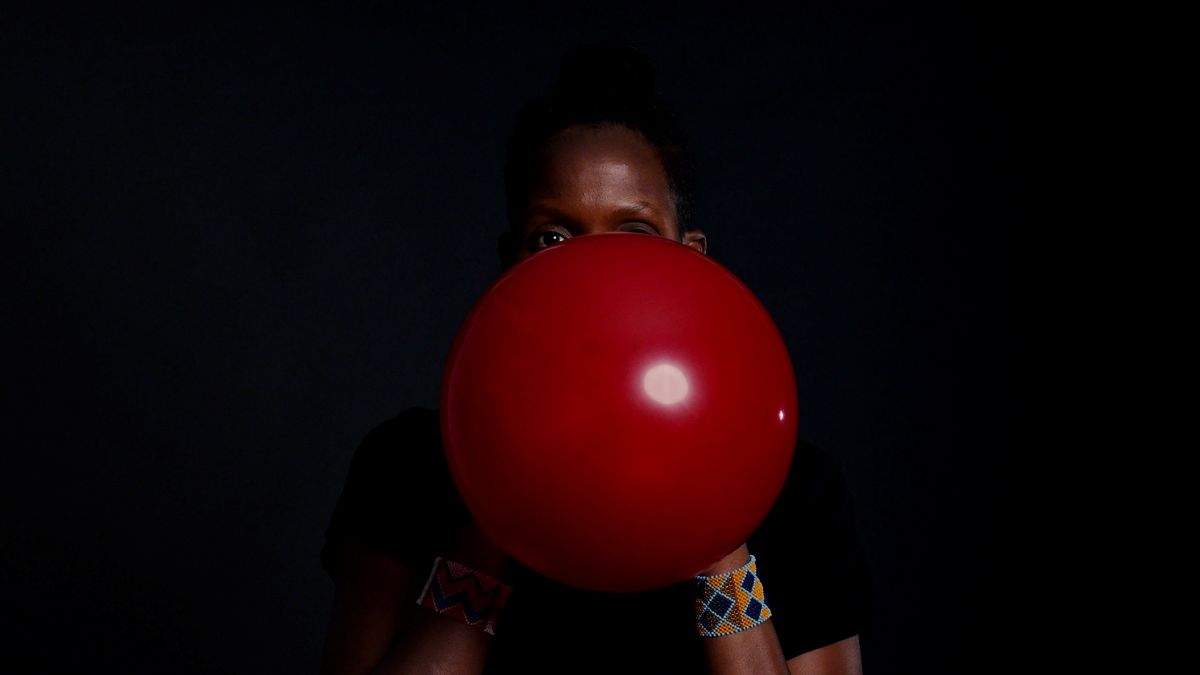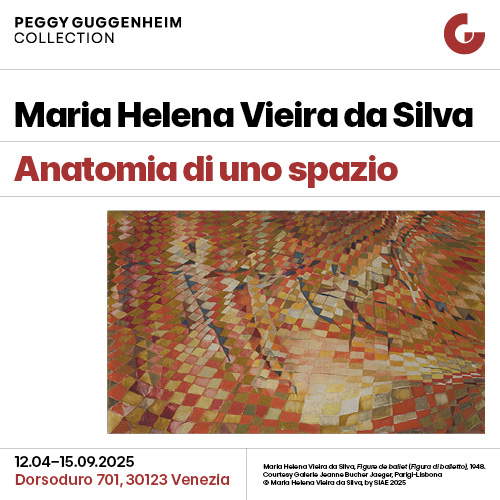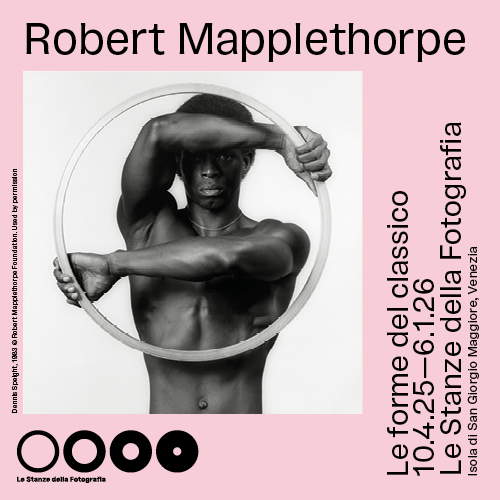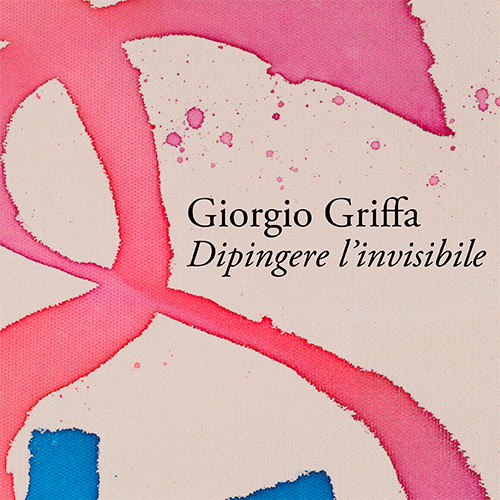Belinda Kazeem-Kamiński's exhibition in Merano investigates colonial memory
From March 16 to June 9, 2025, Kunst Meran Merano Arte presents Aerolectics, the first Italian solo exhibition of Belinda Kazeem-Kamiński (Vienna, 1980), an Austrian artist, author and researcher. Curated by Lucrezia Cippitelli and Simone Frangi, the exhibition is part of the three-year program The Invention of Europe: a tricontinental narrative (2024-2027), a project that aims to dismantle the monolithic narrative of European identity through a tricontinental perspective. Kazeem-Kamiński, with an approach that blends installation, photography, performance and writing, confronts the processes of historical removal and the dynamics of European colonialism. Central to her research for Aerolectics is the little-known history of religious missions in South Tyrol and their role in the construction of colonial relations between Europe and Africa. The artist brings to light the stories of young Africans deported in the 19th century to European territories by European missionaries under the pretext of saving their souls. An emblematic case is that of Asue*, an African girl brought to the Ursuline convent in Brunico on January 11, 1855, by the priest Niccolò Olivieri, together with two other female peers, Gambra* and Schiama*. While the latter seemed to adapt to monastic life, Asue* was described in the convent’s records as an irrepressible presence, likened to a storm impossible to tame, even by force.
And it is precisely a storm that Kazeem-Kamiński evokes in the exhibition spaces of Kunst Meran Merano Arte. Aerolectics unfolds as an immersive installation that weaves together Yoruba cosmology, the four natural elements - earth, water, fire and air - and fragments of historical memory. The audience finds itself immersed in a sensory landscape of sounds, images and evocative objects that give voice to those who have been erased from official history. The artist uses the metaphor of the Insubric Line, the geological boundary between the African and European plates, to represent the conflict between cultures, ideologies and moral doctrines. The rift between the two continents translates into a contrast between systems of thought and patterns of domination, challenging established narratives about Europe’s colonial past. The exhibition alternates between full and empty, moments of absence and presence, inviting visitors to reflect on the perception of Blackness in Europe and its invisibility in official historiography. Kazeem-Kamiński’s research, strongly influenced by Black feminist thought, does not merely document, but elaborates new modes of symbolic restitution, constructing a restorative memory that does not reduce historical subjects to mere objects of study.


The exhibition is part of The Invention of Europe: a tricontinental narrative (2024-2027), which explores the dynamics of power, exclusion, and the rewriting of history in the European context. On the occasion of the exhibition, Kunst Meran Merano Arte is organizing two in-depth events. The first, on Sunday, March 16, 2025, is the seminar Repairing and Giving Back. On the Redistributive Functions of Museum Institutions, which will feature international scholars and curators, including Lotte Arndt, Elvira Dyangani Ose, Raul Moarquech Ferrera-Balanquet, Hannes Obermair, Josien Pieterse, and Justin Randolph Thompson. The discussion will start from the story of the Ethiopian cloak stolen during the colonial era by General Aeneas Navarini and kept in Merano as war booty. The conference aims to reflect on strategies of restitution and the responsibilities of cultural institutions in building more inclusive and dynamic narratives. The second event is scheduled for Friday, April 11, 2025, with an evening of music and performance in collaboration with Festival Sonora. The event, designed to offer a different perspective on the same issues, will feature Kazeem-Kamiński, artist Masimba Hwati, whose work spans sound, sculpture and performance, and musician Melika Ngombe Kolongo aka Nkisi, known for her fusion of African polyrhythms, hardcore electronica and cinematic sounds inspired by 1970s Italian horror films.
Belinda Kazeem-Kamiński is an internationally recognized artist. Her work has been exhibited in leading institutions such as Kunsthalle Wien, Camera Austria Graz and Galerie für zeitgenössische Kunst Leipzig. He has participated in the Liverpool Biennial, Art X Lagos and Les Rencontres d’Arles, and has won prestigious awards, including the Otto Mauer Award and the Art X Prize for the African Diaspora. His works are part of museum collections such as the mumok | Museum moderner Kunst Stiftung Ludwig Wien in Vienna and the Centre National des Arts Plastiques.
 |
| Belinda Kazeem-Kamiński's exhibition in Merano investigates colonial memory |
Warning: the translation into English of the original Italian article was created using automatic tools. We undertake to review all articles, but we do not guarantee the total absence of inaccuracies in the translation due to the program. You can find the original by clicking on the ITA button. If you find any mistake,please contact us.




























